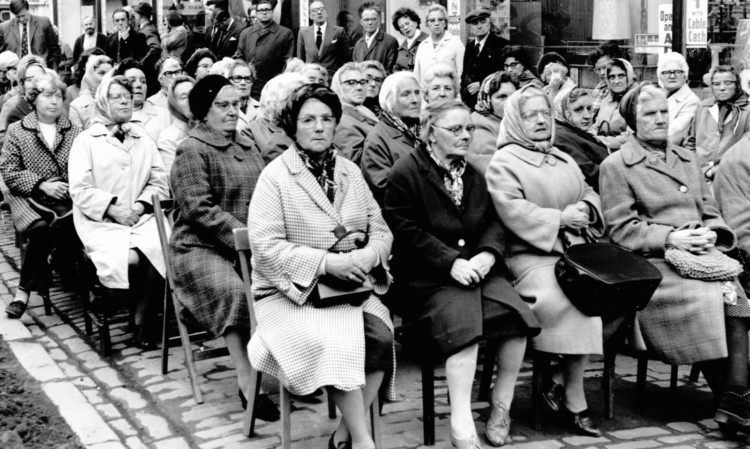It’s often said that journalism is the “first rough draft of history”, capturing the world without the polish of hindsight.
So what better way to find out what life was like in the past than by looking through the archives?
As part of my internship with The Courier this week and next, I spent some time earlier searching for historical photos of Lochee. I found it fascinating it’s amazing what turns up.
And I’m not alone in thinking so; it’s a popular pursuit. The Times tweets snippets from its archive, for example, while projects like the British Newspaper Archive are digitising and making available millions of historical documents. The Guardian regularly compares scenes past and present through its ‘Photography then and now’ articles.
Here at The Courier, our archive goes back all the way to the late 1700s. It includes newspaper articles, photographs (everything from glossy prints to glass plate negatives) and even dusty, bound tomes from a variety of DC Thomson titles.
In the past we’ve examined Dundee’s mystery hangman, revisited Arbroath’s Marine Ballroom, and looked at the Carolina Port power plants through the ages. More examples can be found on our ‘From the archives’ blog.
Now we want to know: what should we dig up next? We could find out how a place has changed over the years, or we could investigate your favourite historical event.
Comment below with your suggestions and we’ll see what we can do.
